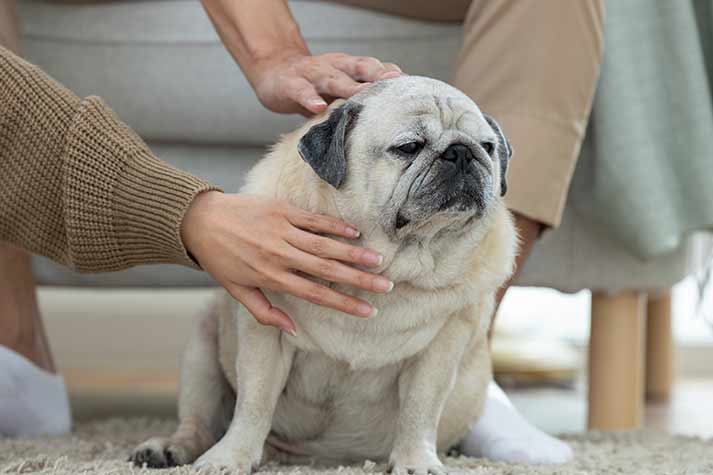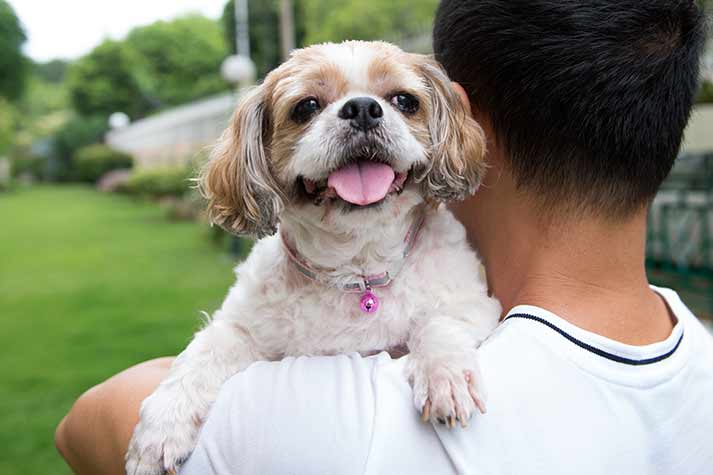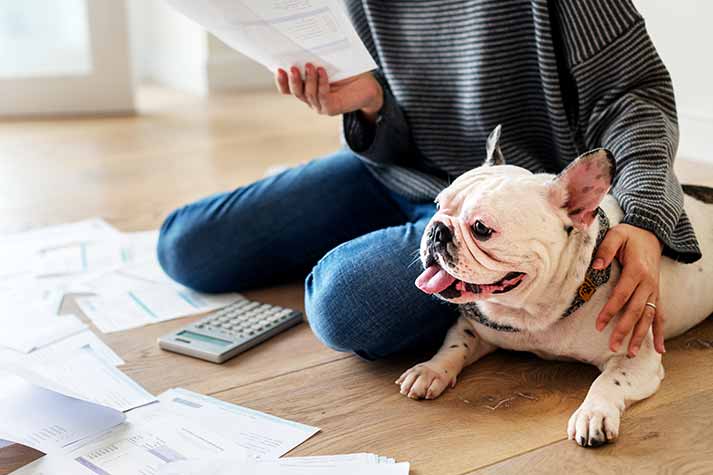
06 Sep
How to Help an Overweight Dog Lose Weight
While cute to behold, chubbiness or obesity in dogs can lead to severe health issues like heart disease, diabetes, and arthritis. Fortunately, if your dog needs to shed some pounds, there are various steps you can take to help. While it may require time and effort, your dog will undoubtedly be healthier and more comfortable in the long run.
Consult Your Vet First
If your dog is overweight, your first step should be to consult your vet. With your vet’s guidance and a few adjustments to your dog's routine, you can be sure that your friend is on a path to better health. Whether it’s everyday care or senior dog weight management abroad, expert advice ensures your pet stays safe and healthy wherever you are.
Dog Weight Loss Tips to Get Started
- Feed Your Dog the Right Amount of Food - Most dog food packages provide feeding guidelines based on weight. However, if your dog is gaining weight despite following these recommendations, try reducing the portion by 10% to 15%. Ensure that your dog receives the right amount of food each day. Measuring meals carefully and avoiding free-feeding can prevent obesity and unnatural weight gain.
- Reduce Treats - As hard as it may be, cutting out treats can significantly impact your dog's weight loss journey. Treats, especially store-bought ones, often contain extra calories and sweeteners. If treats are a must, consider switching to low-calorie options or even the best food for overweight dogs in the form of healthy, portioned snacks.
- Increase Daily Walk Time - Taking longer walks is a simple yet effective way to help your dog lose weight. Gradually increase the duration and frequency of your walks. Adding extra playtime in the backyard or visiting the dog park on weekends will burn calories while giving both of you bonding time. If you’re preparing for a move, consider exercise tips for dogs before pet travel so your pet is in good shape for the journey.
- Switch to a Low-Fat Diet - Switching to a low-fat, high-fiber dog food designed specifically for weight loss can contribute greatly to your dog’s routine. These foods help your dog feel full without the extra calories, making it easier to stick to a reduced-calorie diet. Always consult with your vet before changing your dog’s food type or routine. A healthy diet plan for dogs during pet relocation can also help maintain weight and reduce stress.
- Use Puzzle Feeders - Interactive or puzzle feeder bowls are a fun way to slow down your dog’s eating. By making mealtime more challenging, your dog eats more slowly, feels fuller, aids digestion, and avoids overeating.
- Incorporate More Exercise into Daily Life - Beyond walking, find creative ways to keep your dog active. Play fetch, chase, or hide and seek for 10-15 minutes twice a day, or set up a small obstacle course in your yard. Rotating different activities keeps your dog entertained and motivated.
- Offer Non-Food Rewards - Instead of rewarding your dog with treats, offer praise, belly rubs, or cuddle time. Positive reinforcement through affection can be just as motivating as a snack.
- Consult Your Vet Regularly - If you’re concerned about your dog’s weight, schedule regular vet visits. Your vet can assess overall health, identify underlying causes of obesity, and develop a tailored plan. Aim for gradual weight loss, about 1% to 5% of body weight each month, for safe results.
Common Causes of Dog Obesity
Several factors can contribute to canine obesity, including age, breed, genetics, and sex. The most common causes are lifestyle-related:
- Overfeeding: Free-feeding (leaving food out all day) often leads to excessive calorie intake.
- Excessive Treats: Too many treats quickly add calories. Choose low-calorie alternatives.
- Underlying Health Conditions: Conditions like hypothyroidism may make it hard to maintain a healthy weight.
- Lack of Exercise: A sedentary lifestyle, especially combined with large meals, can cause weight gain.
Preventing Dog Obesity
Overweight dogs are at higher risk of heart disease, high blood pressure, kidney disease, diabetes, skin infections, arthritis, and breathing difficulties. But, much like many health-related ailments, obesity is far easier to prevent than to cure. You can help your dog maintain a healthy weight by:
- Ensuring they get plenty of daily exercise
- Feeding a balanced diet with appropriate portions
- Adjusting food intake and cutting out treats if they gain weight
- Scheduling regular check-ups with your vet
Whether at home or abroad, a healthy diet plan for dogs during pet relocation combined with the best food for overweight dogs ensures your pet stays active, fit, and comfortable.
Final Thoughts
By being proactive and mindful of your dog’s diet, lifestyle, and activity levels, you can help them live a longer, healthier, and more comfortable life. With these dog weight loss tips, smart exercise routines, and the right food choices, you’ll be setting your furry friend up for success, no matter where life or travel takes you.






AUTHOR’S BIO
Carry My Pet
Passionate pet enthusiasts and globetrotters, dedicated to easing furry friends' journeys worldwide. Penning tales of compassion at CarryMyPet, where every relocation is a tail-wagging adventure.